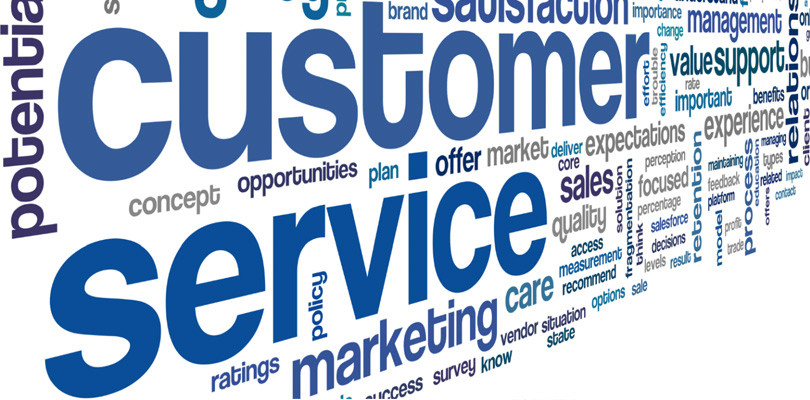Five undesirable customer types
When you run a business it can be easy to chase all potential customers and believe that each one is the right customer in Perth for your business. However, not all customers are created equal, and if you have too many undesirable customers it will drain your business resources and you will find yourself in trouble.
Some customers are loyal, while others will stray if they’re offered a lower price elsewhere. Some customers are demanding, while others only call when they wish to place an order. Every business must deal with a variety of customers, but there are certain types who do more harm than good to your business. Here are five undesirable customer types that you should learn to recognize and avoid if you want your business to thrive.
1. The customer who returns most of their purchases.
Return policies are intended to offer customers a reasonable period of time in which to reconsider their purchase decision. However, some customers abuse such policies. Some buy a product with the intention of using it only once or twice and then returning it. Others buy two similar items with the intention of comparing them, keeping only one, and returning the other. Such behaviour increases staffing costs and warehousing expenses, and it can strain your relationship with suppliers.
2. The customer who makes unreasonable demands of your service staff.
If every little problem that the customer encounters with a product leads to a call to your customer service department, the resulting personnel costs may ultimately exceed the revenue resulting from the original purchase. Customers who behave this way (instead of consulting the product manual/frequently asked questions) also reduce the standard of service available to other customers by monopolising customer service staff.
3. The customer who complains publicly about your company’s products or services.
The growing visibility and influence of social media has made this type of customer more dangerous than ever. This is especially true if your business is a large and well known company. Social media sites like YouTube and Twitter give dissatisfied customers the means to broadcast their complaints to a very large audience.
4. The customer who unreasonably takes advantage of special offers or incentive deals.
If a customer repeatedly signs up for a service to take advantage of a low price introductory offer and then cancels when the introductory period ends, they are not helping your business succeed. Such behaviour may be perfectly legal, but it is nevertheless outside the boundaries of fair play.
5. The customer who manipulates to gain an advantage.
This is the customer who constantly takes advantage of free delivery by placing numerous small orders (to reduce their inventory costs), makes demands or frequently threatens to take their business elsewhere if they don’t get special deals. At a certain point it is necessary to acknowledge that such customers are more trouble than they’re worth.
After you identify the undesirable customers, the next stage is to develop an appropriate response. Where possible, try to educate them in a respectful and courteous manner about reasonable and acceptable practices. If this fails, you may have to consider ditching them.








